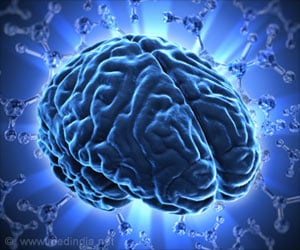Researchers have found that gold nanoparticles can be very effective in detecting dangerous biolological toxins.
Researchers at the University of East Anglia have found that gold nanoparticles are very effective detectors of biological toxins. These particles they say reveal the presence of poisons far faster than existing techniques that often involve shipping samples back to a lab. This they hope would help in aiding investigations at crime scenes.
Researchers led by Professor David Russell use of gold nanoparticles that are only 16 nanometres in diameter - roughly 1/5000th the width of a human hair. Once made, the particles are coated with sugars tailored to detect different biological substances. When the poison (target substance) are mixed with a weak solution of the sugarcoated nanoparticles, they binds to the sugar. This changes the properties of the solution and makes it change colour.Professor Russell said pure solutions of the gold nanoparticles are a strong red colour but they instantly change to blue when the target substance is present. He said they are working with solutions of particles tailored for just one toxin as well as mixtures of nanoparticles. The scientists say that the colour changes were less pronounced with mixtures of nanoparticles but were still significant enough to easily spot. They also said that the extent of the colour change can also reveal how much of particular toxins were present.
They want to concentrate in future to research ways of building the detection system into a portable device so that it can be taken out to places where poisonous substances are thought to be present. Such a gadget they hope would give basic information about which toxins were present and in what quantities. Speculating that the portable detector could be ready in five years time Professor Russell said that the research team is also looking into ways of using the detection system to help police officers on crime scene to analyse biological fluids such as sweat that criminals leave behind as there could be a lot of chemical information there.
Professor Russell's work was presented at a conference in London organised by the Engineering and Physical Sciences Research Council (EPSRC).





